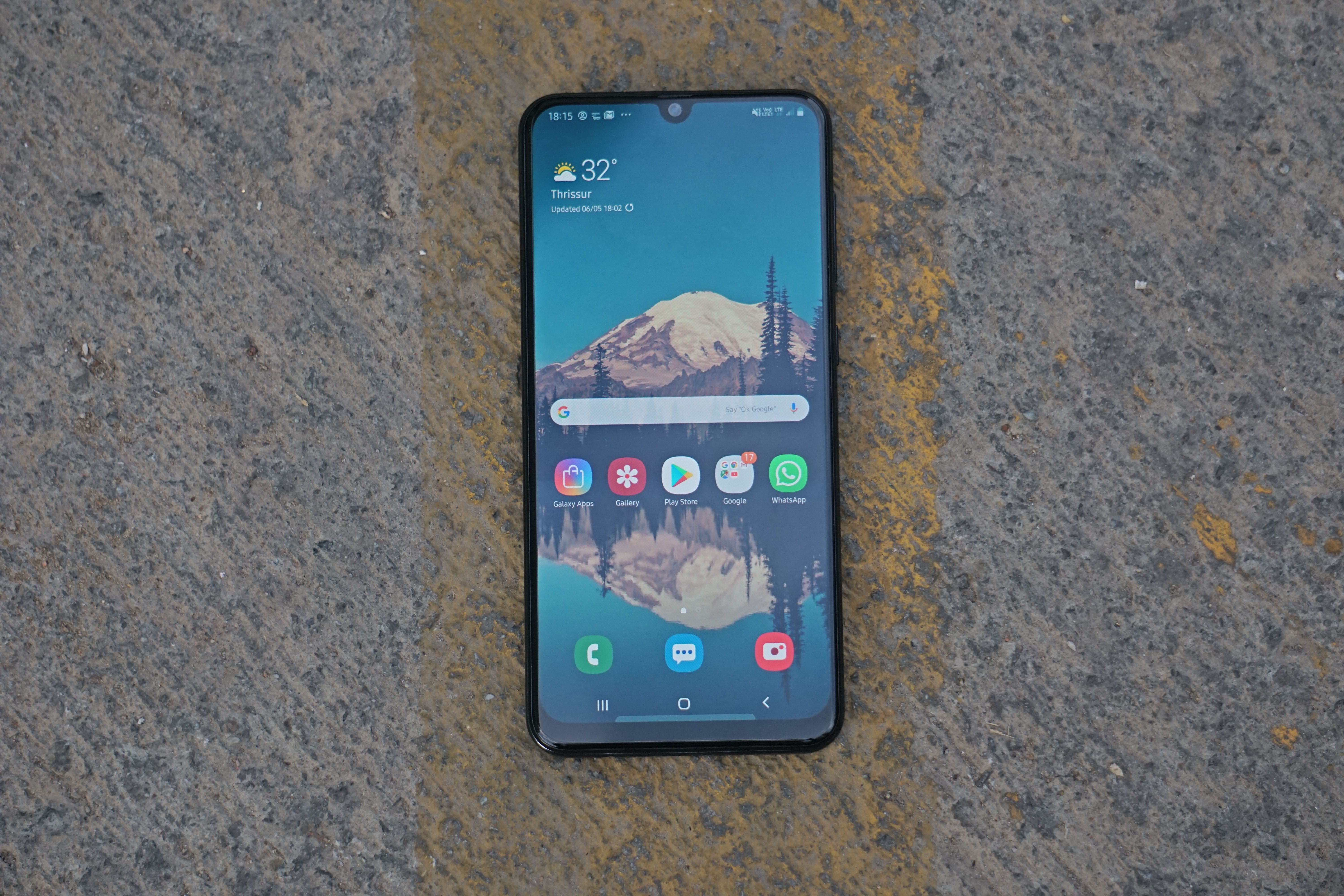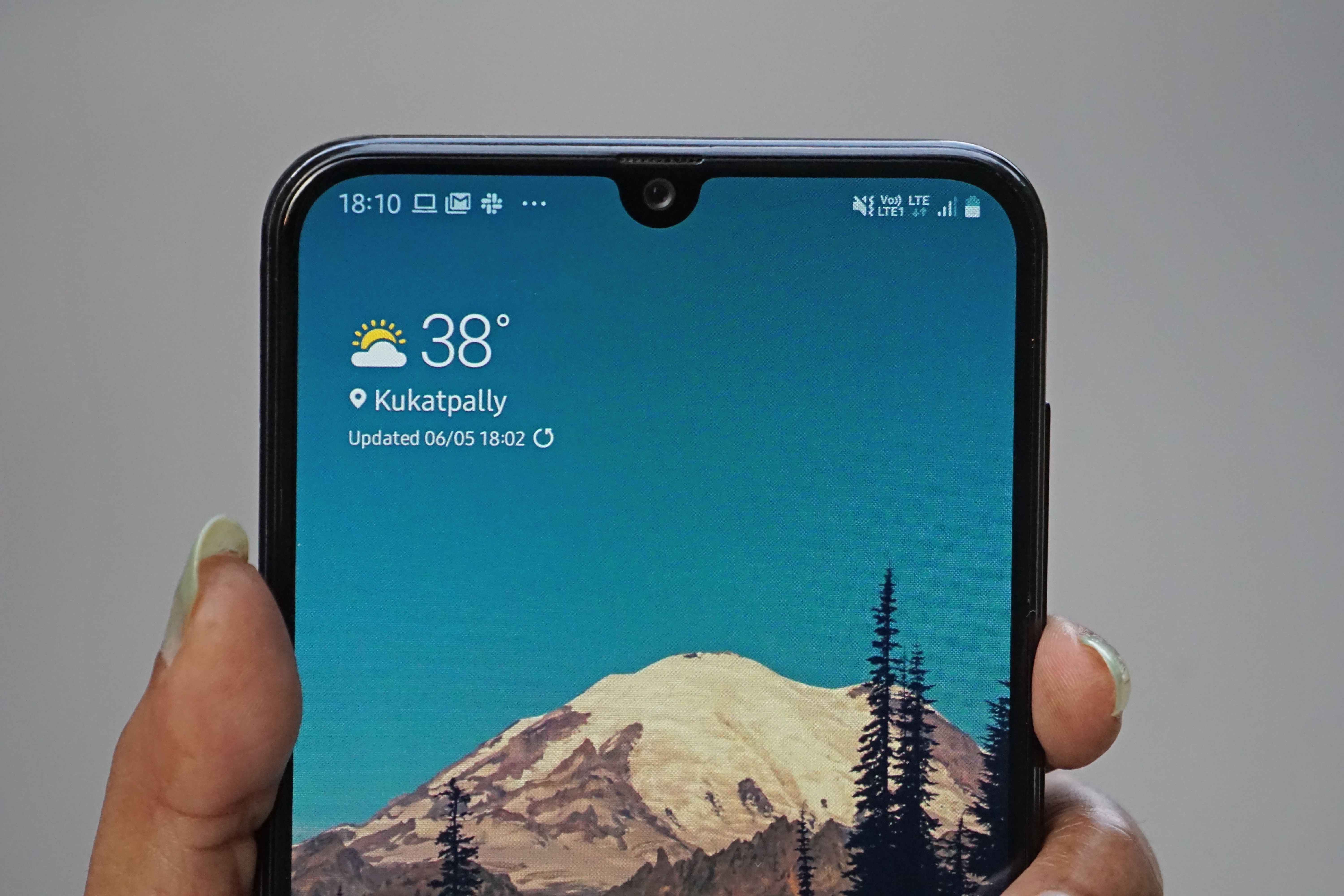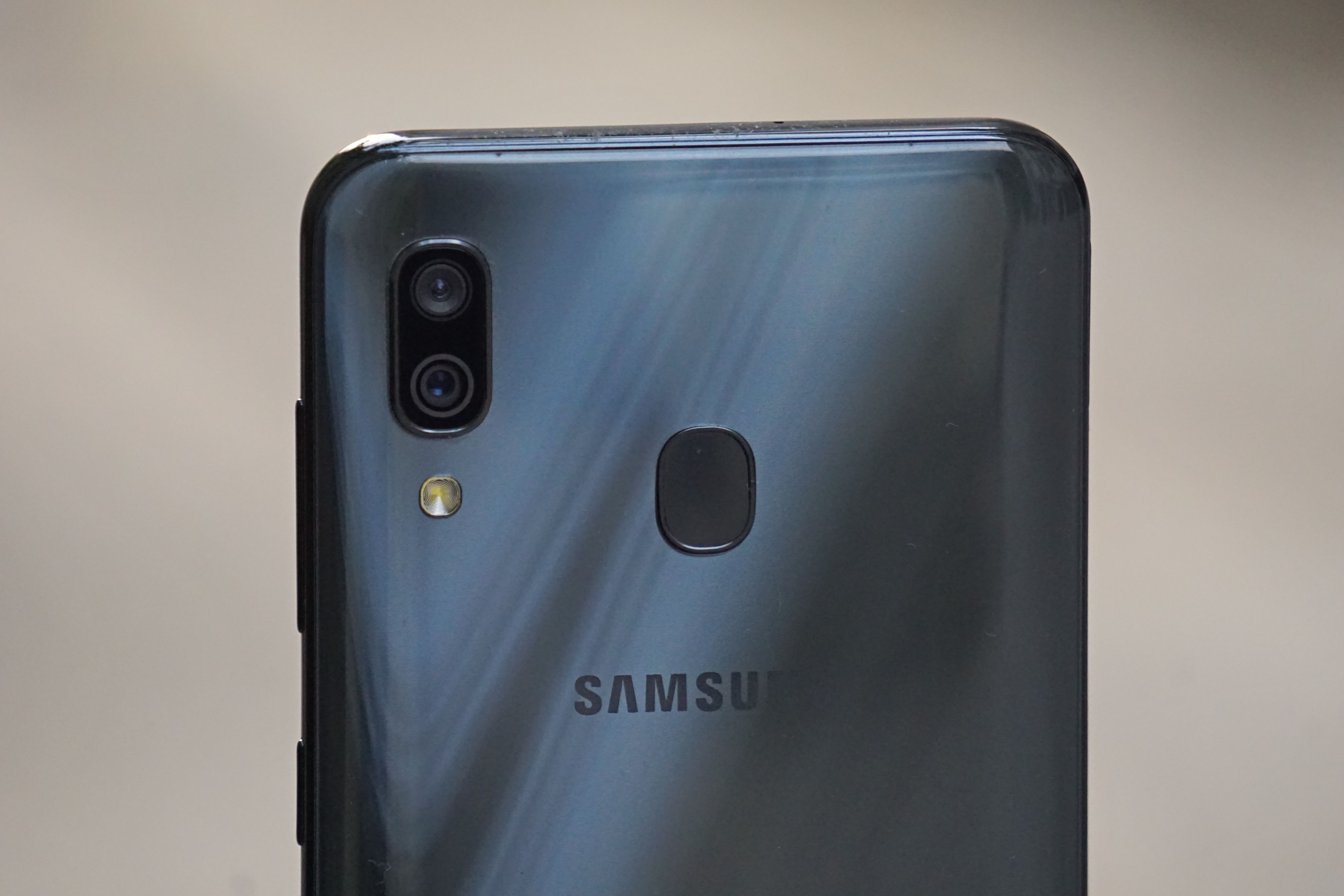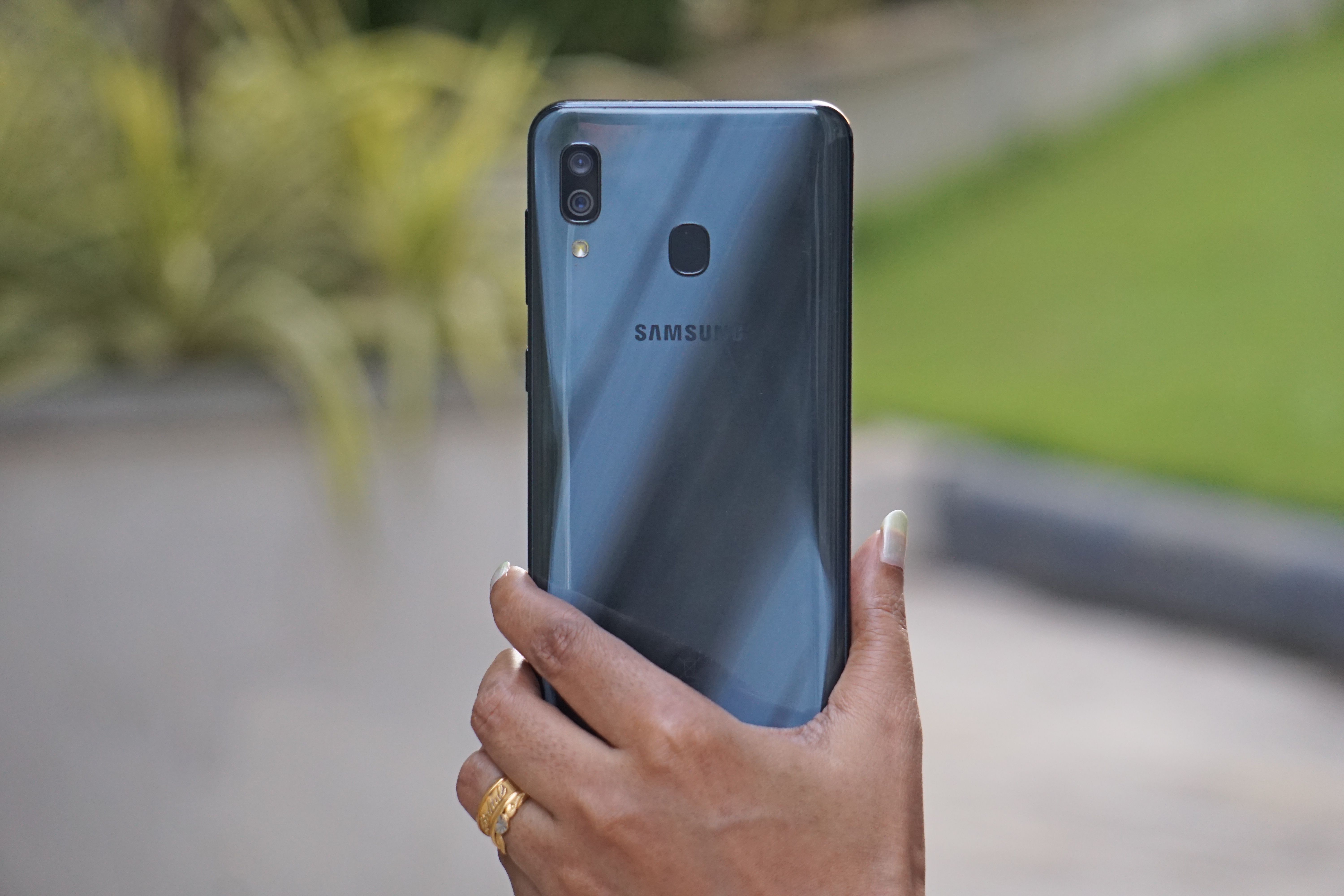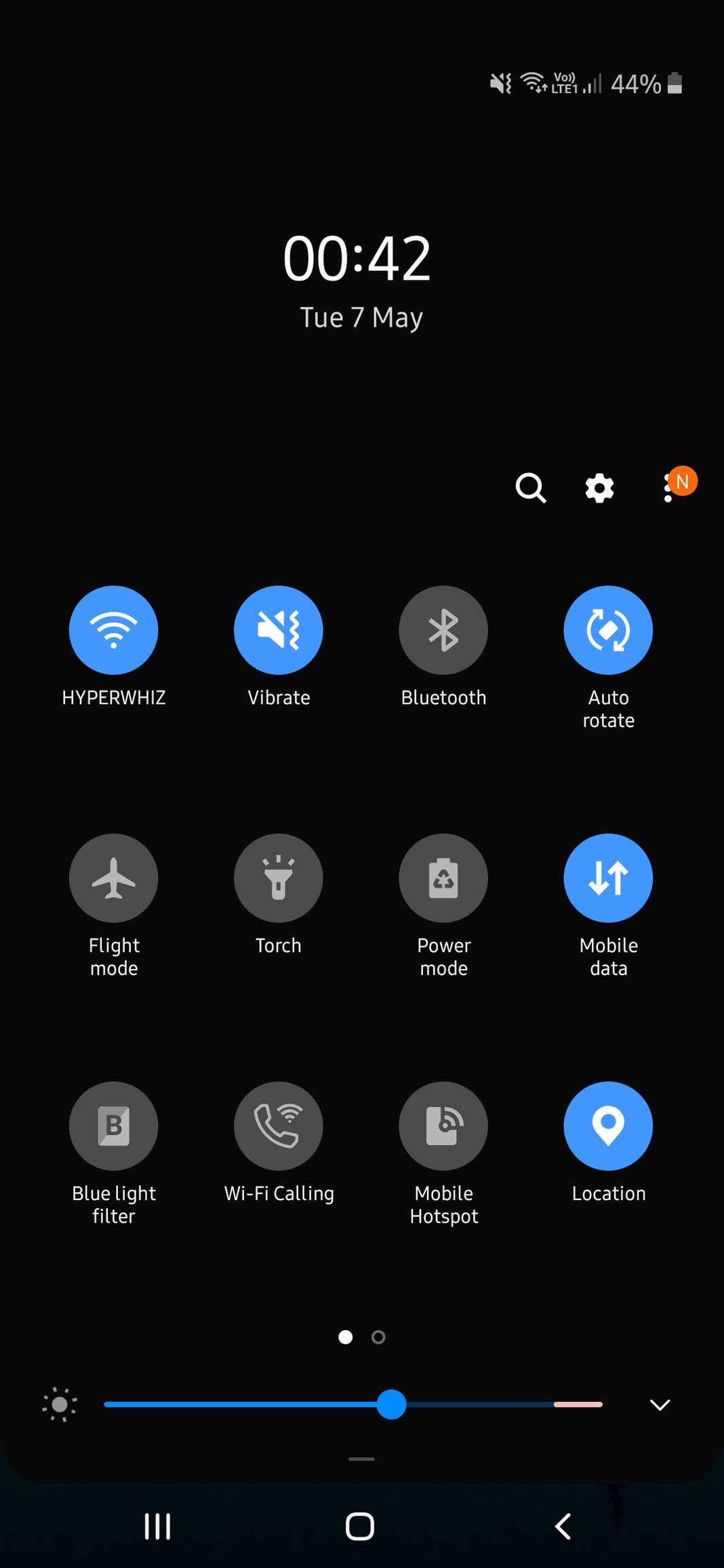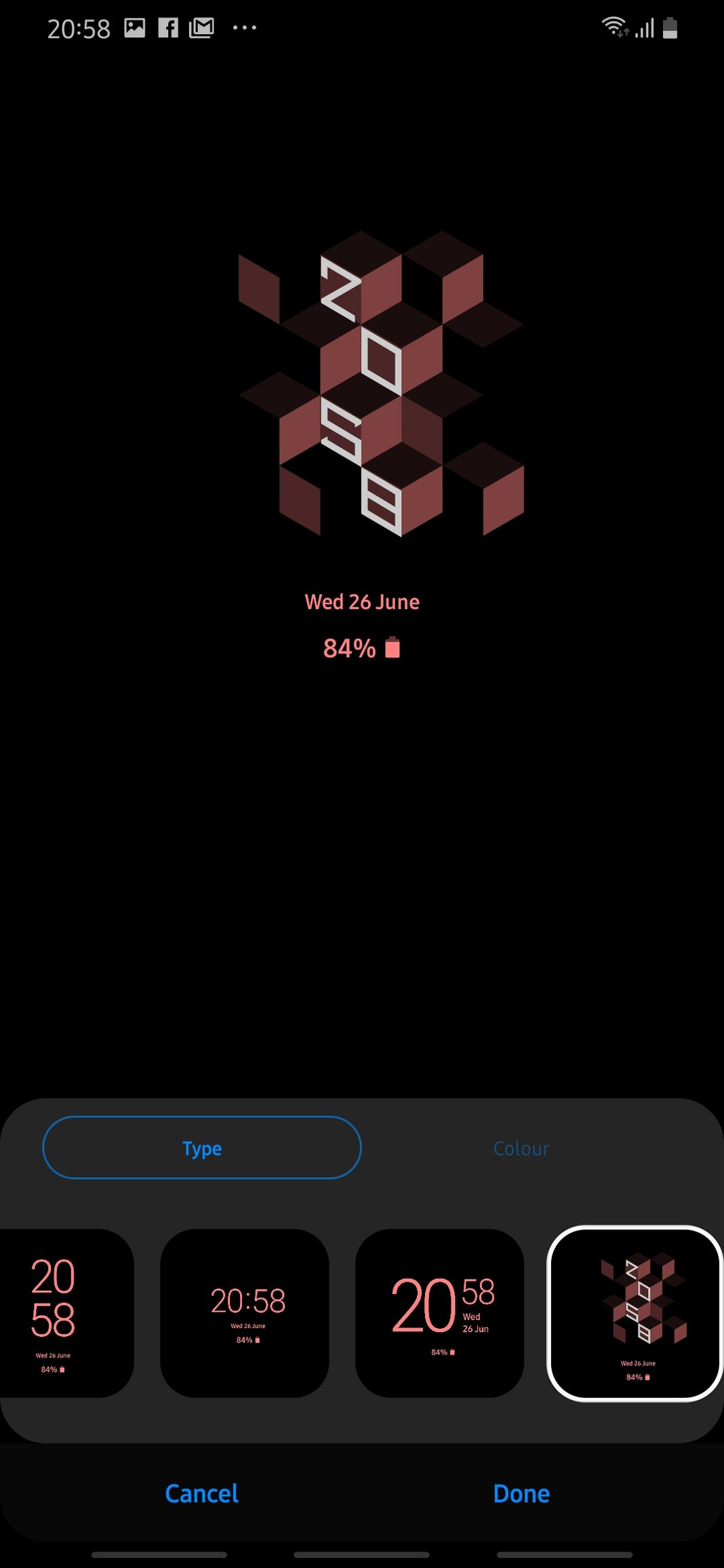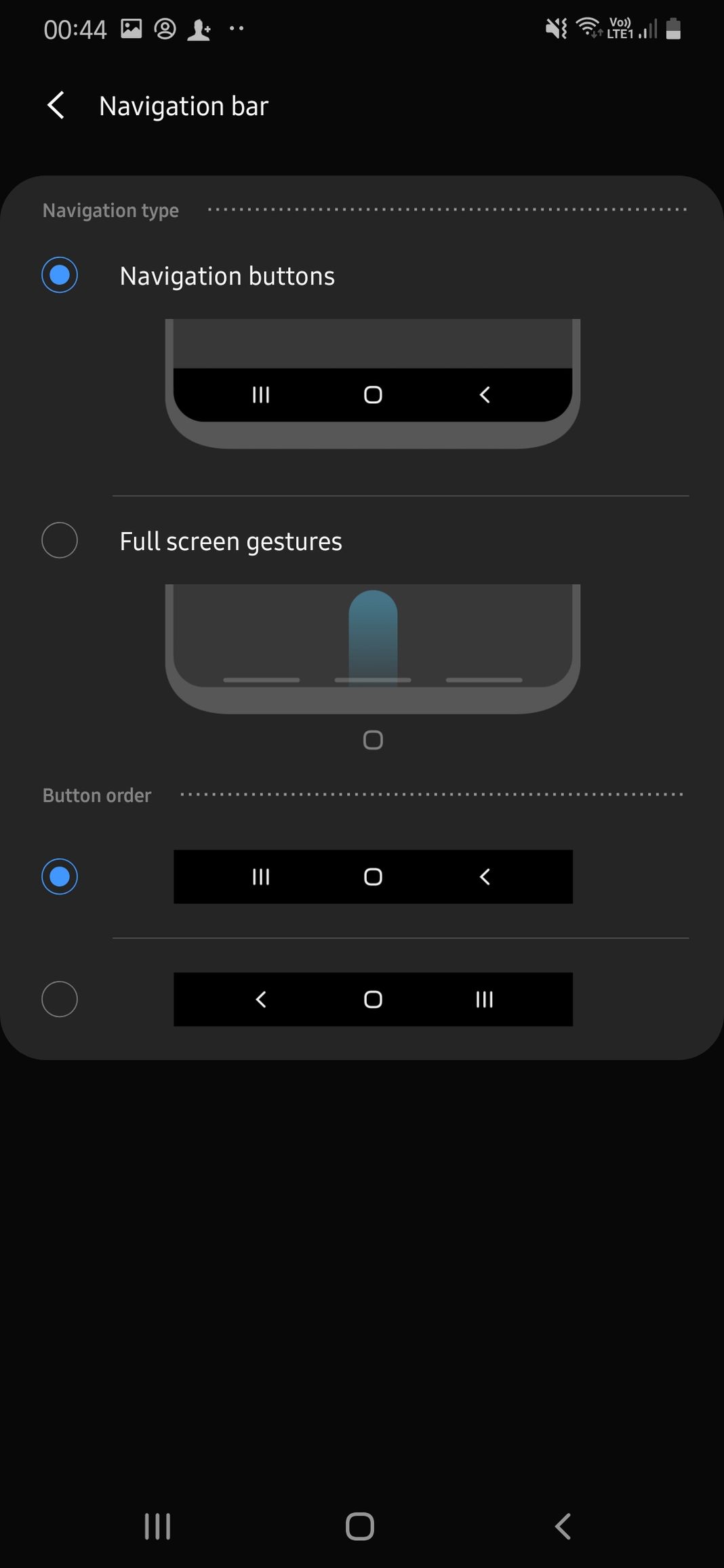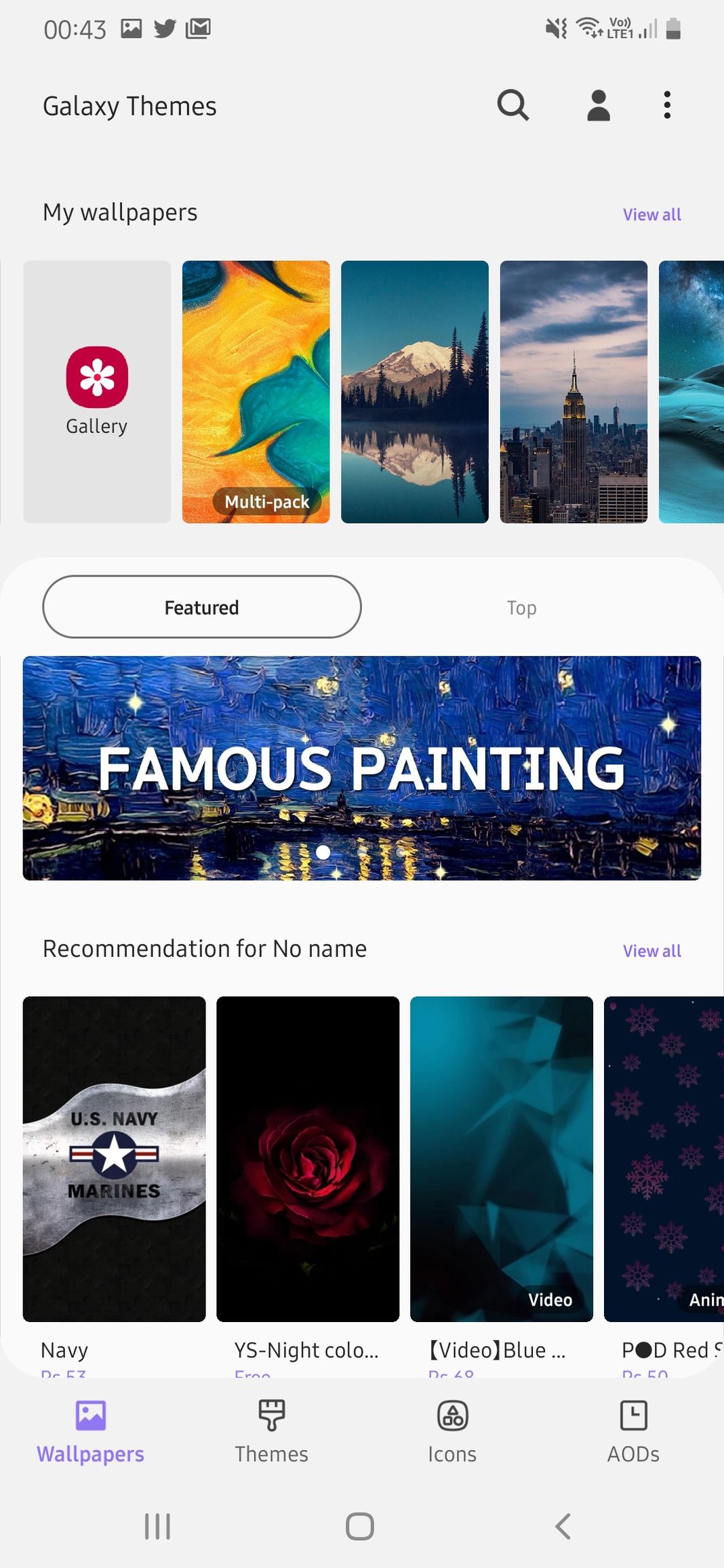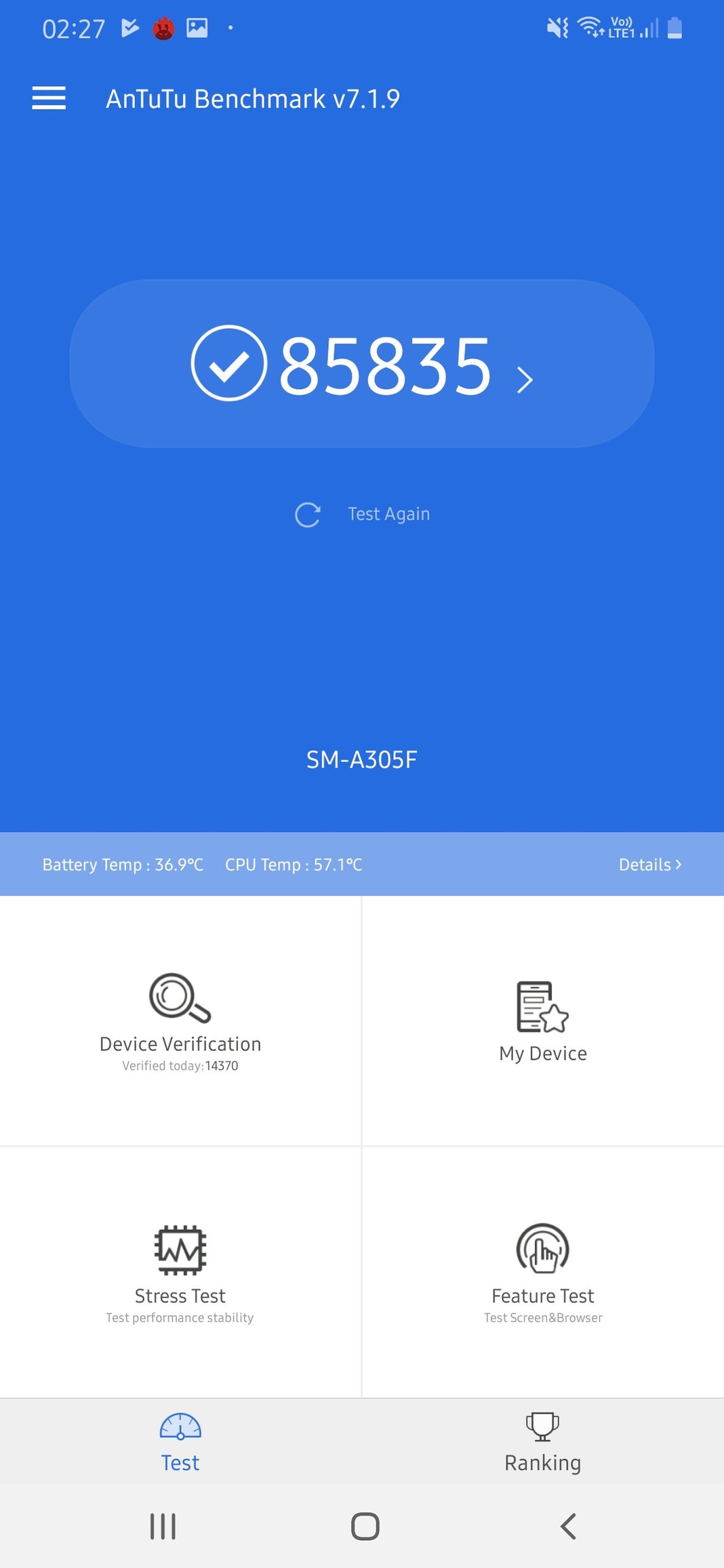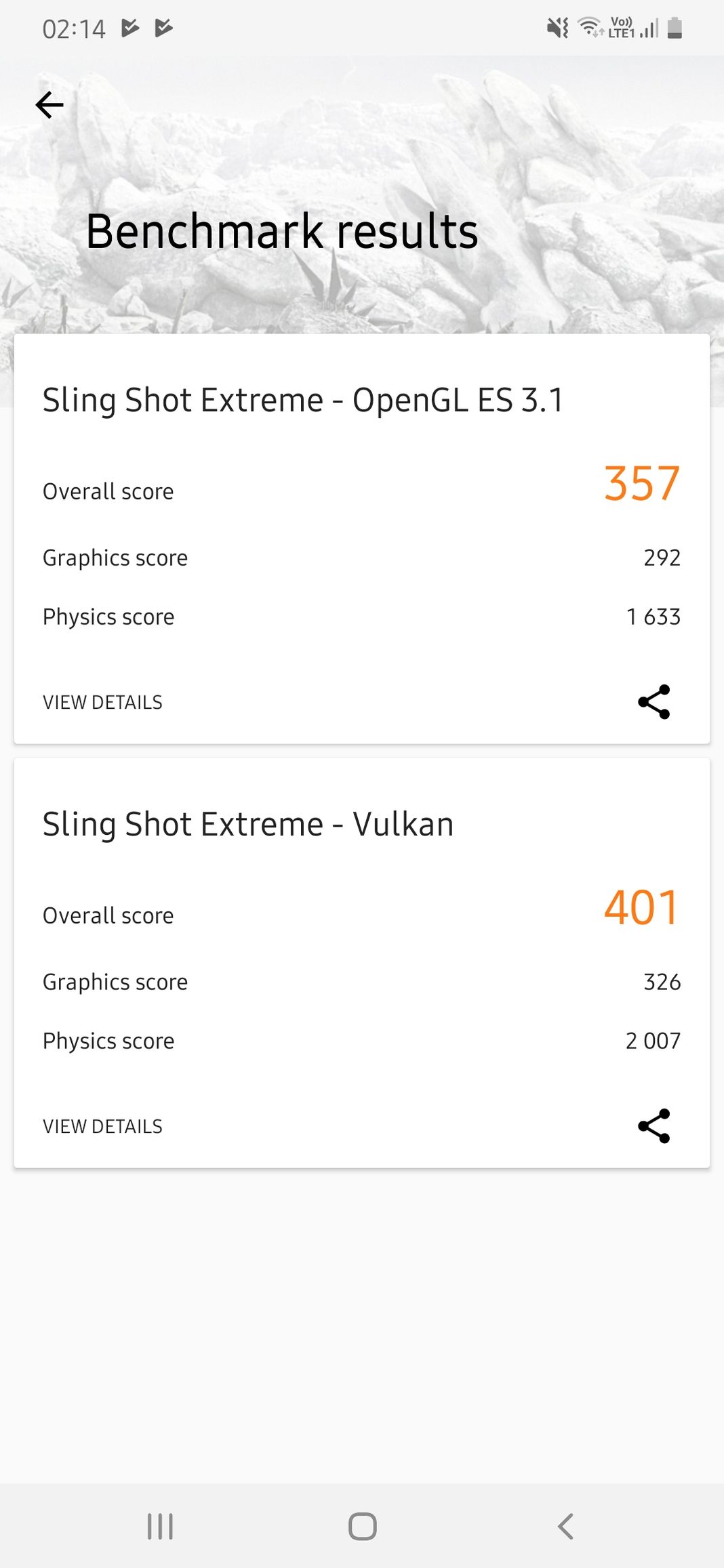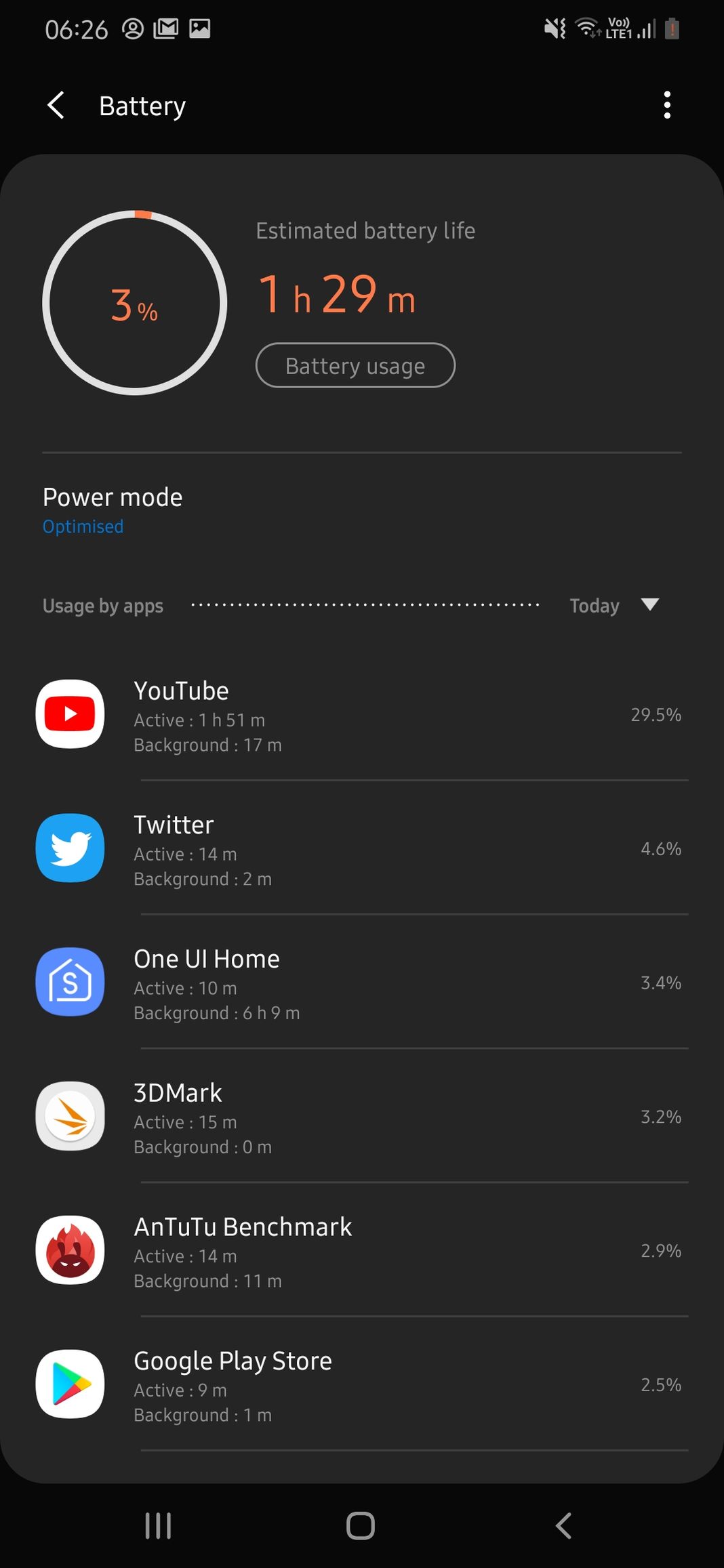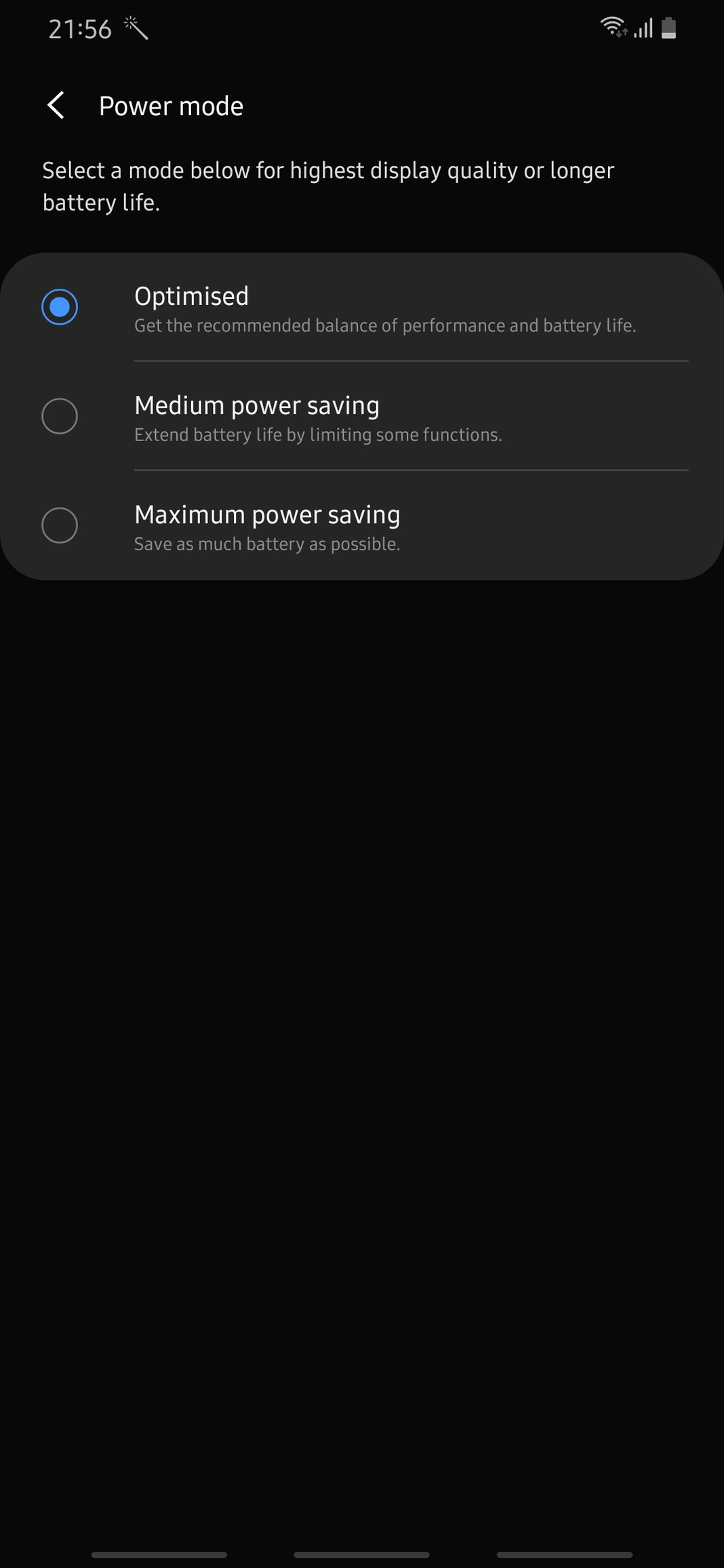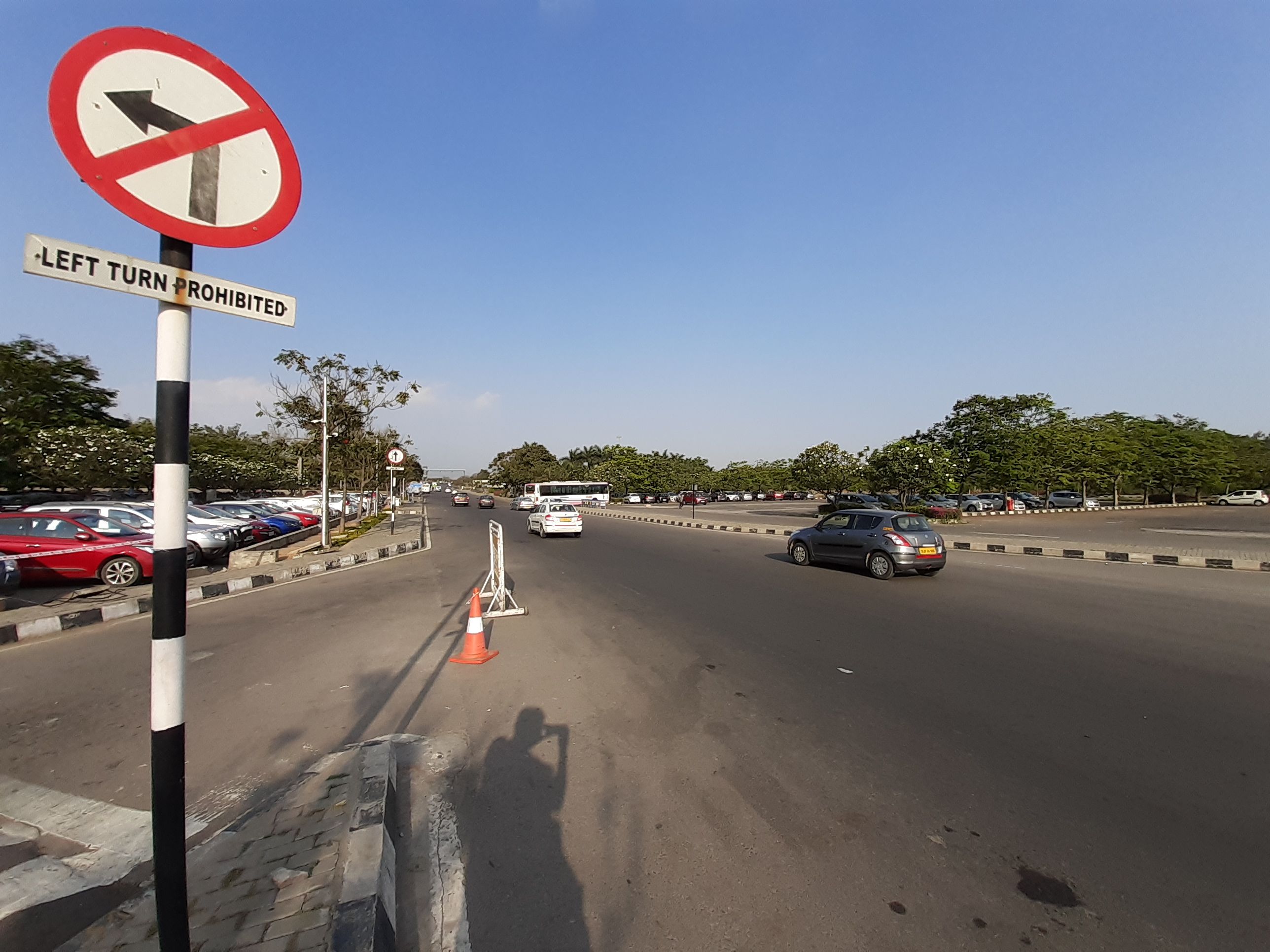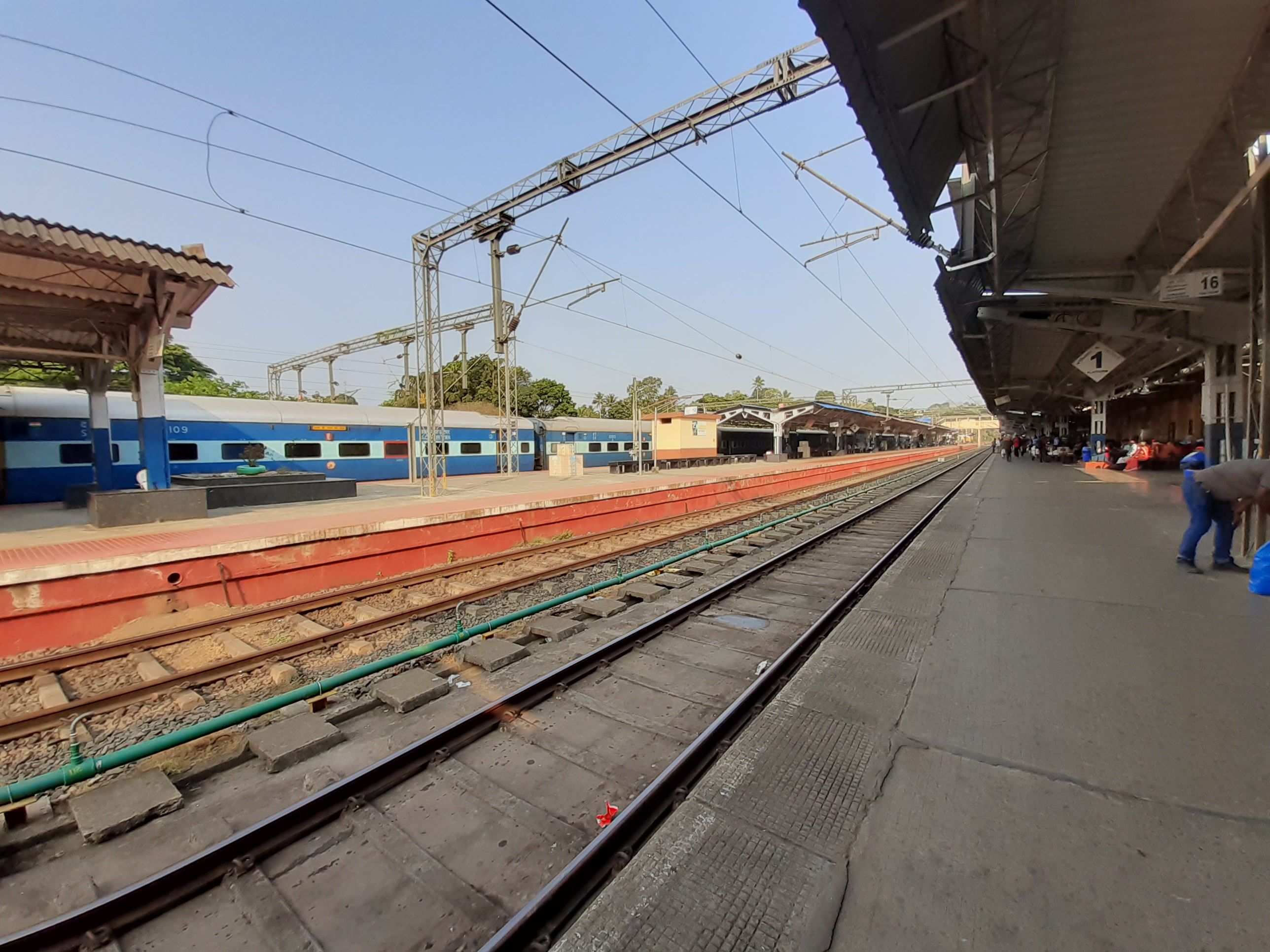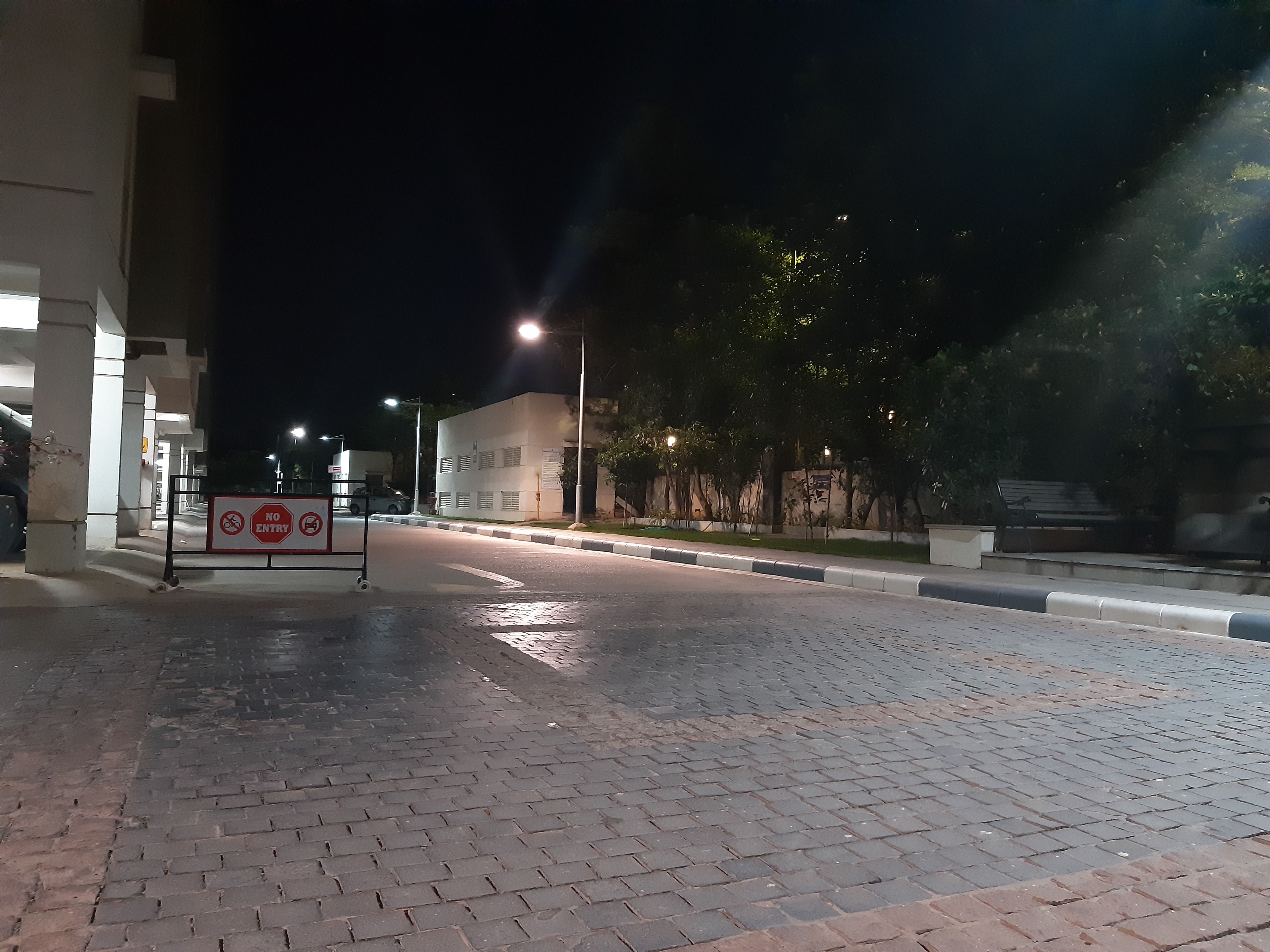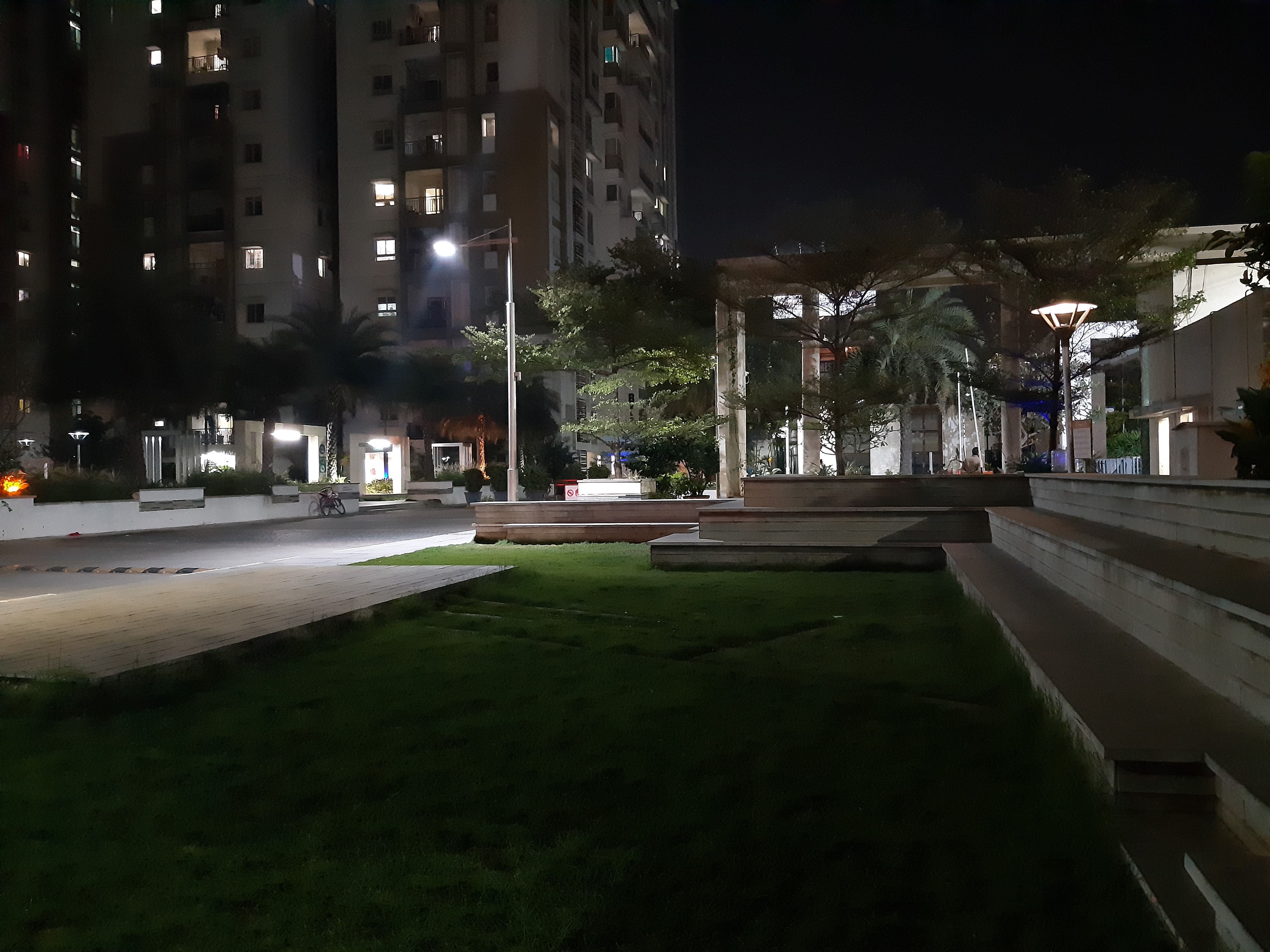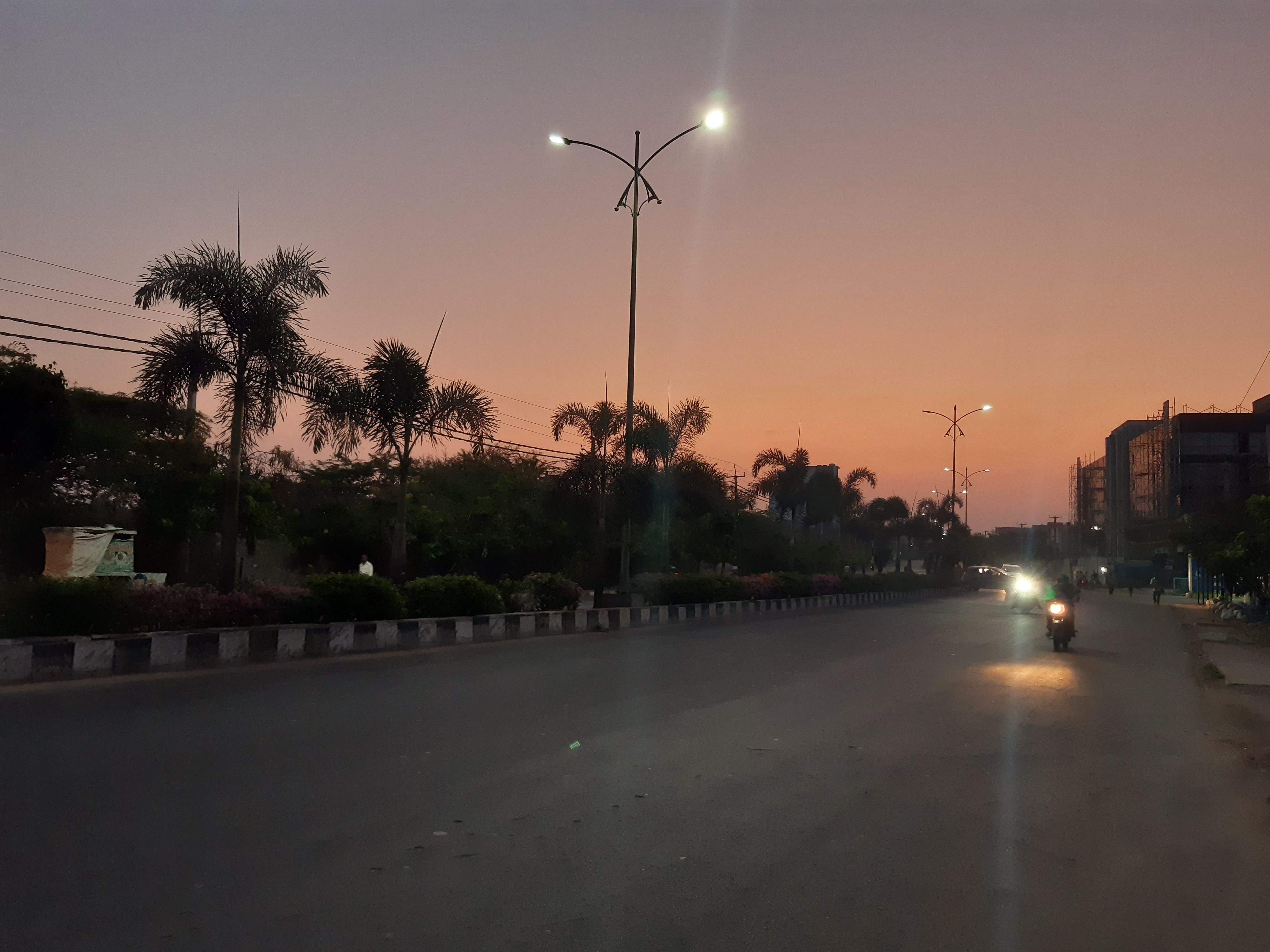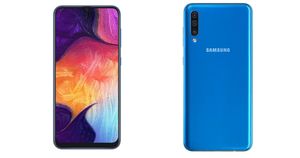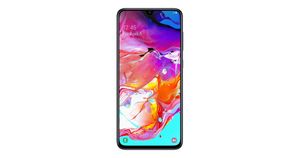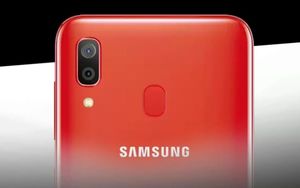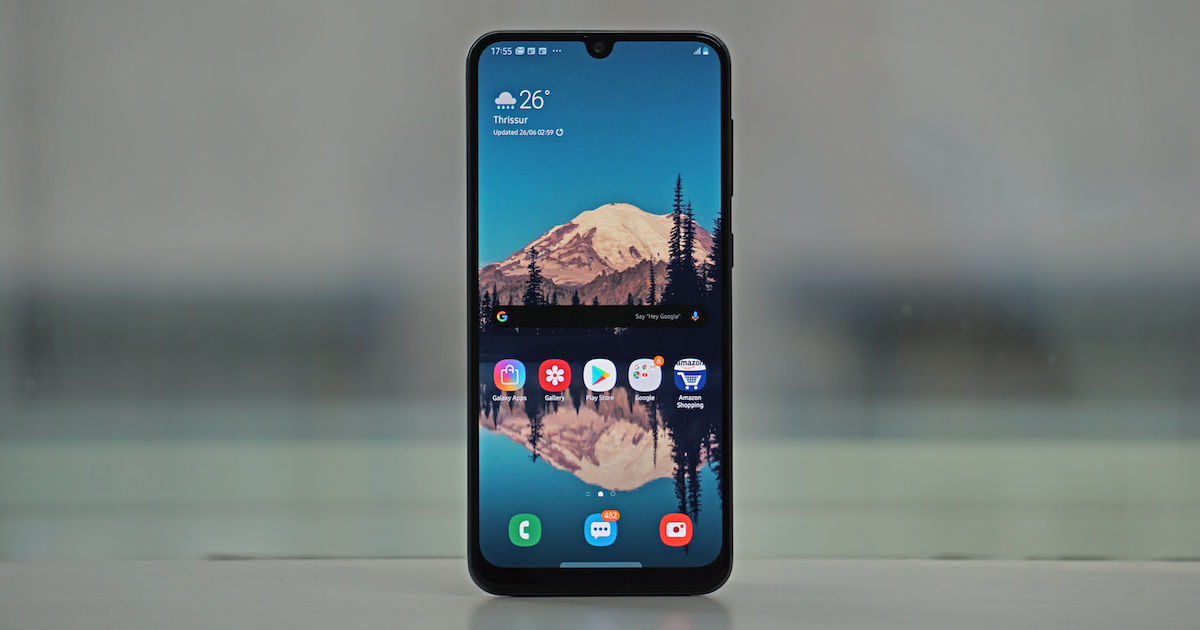
Samsung has had an interesting 2019 so far. The company has had a flurry of launches in the past few months with several new products targeted at emerging markets across the globe. India was also a focus market for the company especially after Samsung found itself displaced from the pedestal of the number one smartphone brand in the country in mid-2018, a position it had held since 2015. Their aging J-Series handsets lagged behind the competition and players like Xiaomi, Realme, ASUS, Huawei, and Motorola were steadily eating into Samsung’s market share with better specced, value for money offerings. Needless to say, the Korean smartphone giant has been under increasing pressure to deliver value for money products for the Indian consumer.
In response, Samsung fired its first salvo by coming up with a new M-Series lineup that was designed from the ground up for India. Just days after it launched the M-Series in India, the company came up with a refreshed lineup of Galaxy A-Series handsets as well. The A-Series lineup currently consists of the Galaxy A10, Galaxy A20 (Review), Galaxy A30, the recently launched Galaxy A40, Galaxy A50 (Review), and the Galaxy A70 (Review). As of writing this review, the Galaxy A80 is yet to be launched in India.
In this long term review, we take a look at the Samsung Galaxy A30, an affordable, entry-level offering from Samsung that you might want to consider if you have a budget of around INR 15,000.
[P_REVIEW post_id=159823 visual=’full’]
Samsung Galaxy A30: Key Specifications
- Display: 6.4-inch FHD+ Super AMOLED Infinity-U display, 1920 x 1080 pixels
- Processor: Exynos 7904, Mali G71 GPU
- RAM/ Storage: 4GB/64GB
- Slot: Triple with dedicated microSD card slot
- Software: Android 9, Samsung One UI
- Primary Camera: 16MP (F1.7) + 5MP (F2.2, Ultra-wide)
- Front Camera: 16MP
- Battery: 4000mAh with fast charging support, USB Type-C port
Samsung Galaxy A30 Review: Design and Build Quality

The first thing I noticed after getting hold of the A30 is how thin it was. Like other A-Series phones, the A30 also boasts of the new ‘Glasstic’ finish which endows the phone with some degree of flair. This same material, however, also makes the A30 very uncomfortable to hold as it has this tendency to slip off your palm. Consequently, I found myself using the supplied clear case right from day one. Using the phone with the supplied case does make things a lot easier. When compared to competing devices like the Redmi Note 7 Pro and the Realme 3 Pro, the A30 feels almost as premium. The Galaxy A30 also feels like a well-built device and certainly scores on the durability front.
As far as the looks go, the design traits of the Samsung Galaxy A30 is similar to the current crop of mid-range Android smartphones. Unlike its more expensive cousin the Galaxy A50 that gets an in-display fingerprint scanner, the A30 is happy with the old-school, rear-mounted fingerprint scanner. The positioning of the fingerprint scanner could have been slightly lower as people with small hands and shorter fingers may face trouble reaching it.
Samsung Galaxy A30 Review: Display
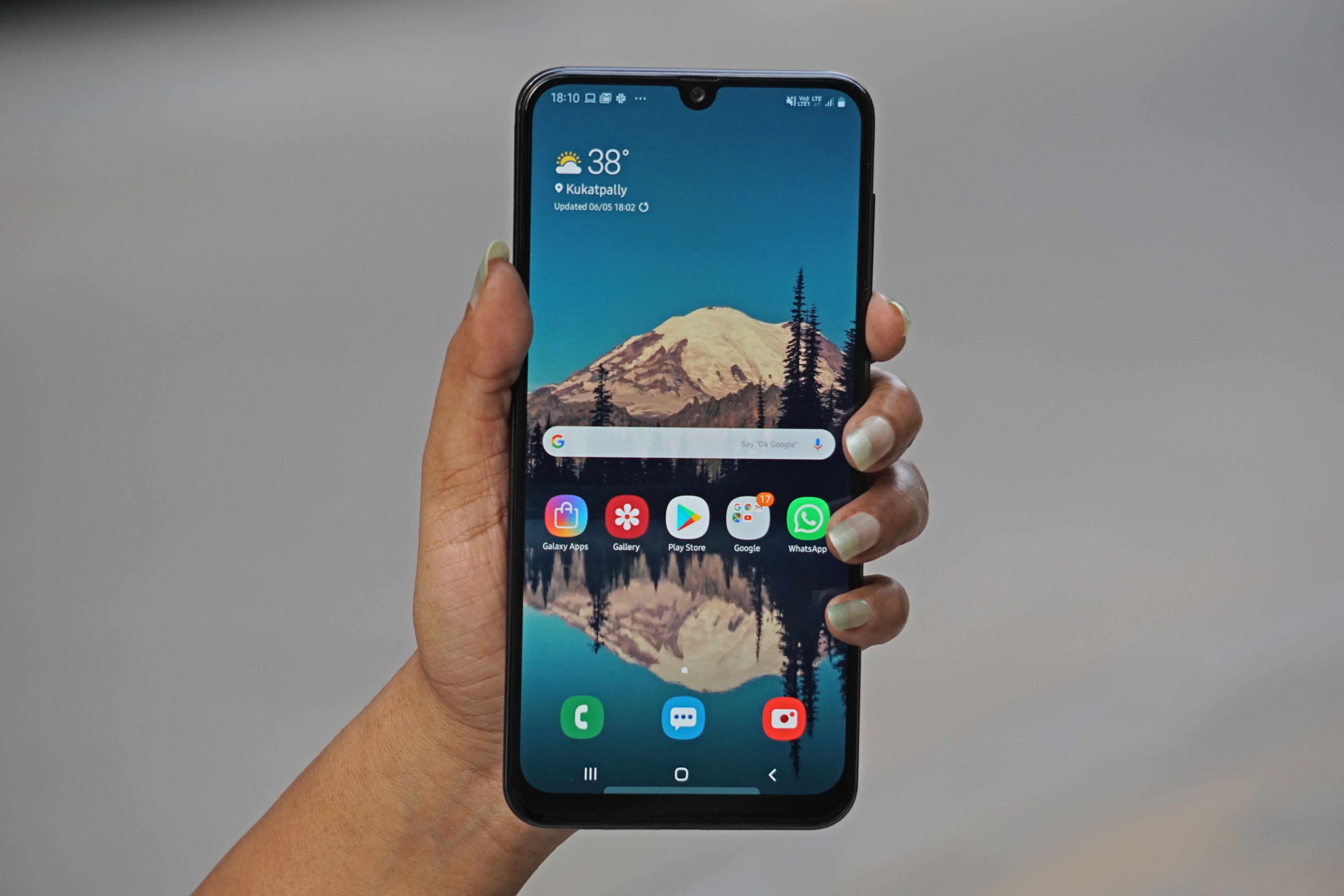
The Galaxy A30 sports a large 6.4-inch Super AMOLED display with a resolution of 1080 x 2340 pixels in a 19.5:9 aspect ratio. This makes it among the most affordable handsets to sport a super AMOLED panel. The panel has a distinct U-Shaped notch at the top (which Samsung refers to as Infinity U) to house the front-facing camera. As expected of a Super AMOLED panel from Samsung, the panel has excellent viewing angles and is amply bright even under direct sunlight. The phone has an ambient light sensor that works pretty well to jack the brightness levels up when it detects a bright environment.
For a budget device, the Galaxy A30 gets comprehensive display calibration options. Apart from four preset modes – Adaptive display, AMOLED cinema, AMOLED photo, and basic – the phone also gets an advanced calibration menu where you can manually control the white balance. This option, however, is only available when you are in the adaptive display mode. Needless to say, thanks to the Super AMOLED panel and the excellent out-of-factory calibration, the display on the Samsung Galaxy A30 is among the best in its price segment.
Samsung Galaxy A30 Review: Software, Performance and Call Quality

The Samsung Galaxy A30 runs Android 9 Pie underneath the company’s own One UI. Currently, at version 1.1, Samsung’s One UI is a significant improvement over Samsung’s older Experience UI. Samsung has also been regular with software updates for the A30 and as evident from the screenshot below, as of this writing, we are at the June Android security patch level. One feature where Samsung still seems to be struggling is the finder search option that you can invoke by swiping down on the display. Searching for apps using this option is annoyingly slow most of the time.
While some of you may not find the colorful icons and oversaturated colors on the pre-installed themes very appealing, it is heartening to know that Samsung does give you the option to easily change these aspects with ease. You can simply download a new icon pack or theme from Samsung’s own theme store and customize the look and feel of your device. Samsung offers several ways to navigate through the menu – including its own set of gesture-based navigation controls. The gesture-based navigation is a straightforward affair once you get used to it but does feel a bit clunky at times. One of the advantages of having an AMOLED panel is the versatility that the Always-On Display feature brings to the table. Once you turn this feature on, you can choose a variety of clock styles to choose from. You can also personalize the colors you want to see these clock faces in.
Powering the Samsung Galaxy A30 is the company’s in-house Exynos 7904 SoC which happens to be an underclocked version of the Exynos 7885. This is an octa-core chip that houses two Cortex-A73 cores (1.77 GHz) mated to six Cortex-A53 cores (1.59 GHz). For graphics, the phone uses the Mali G-71 MP2 GPU. The handset comes in a single 4GB RAM + 64GB storage option in India.
During my time with the handset, I found it to be adept at handling most of the daily tasks a budget smartphone is expected to handle. The A30 does not show signs of lag or stutter during operations like making a call, or drafting a short email or trying to watch a YouTube video. That being said, I found the default animation speeds a bit too sluggish for my liking. Even after checking the “reduce animations” option under Advanced features, there was no major improvement on this front. Gaming performance is certainly not the Galaxy A30’s forte. The phone, while being able to run games like PUBG and Asphalt in medium settings, shows signs of stress right from the word go. The load times on PUBG is significantly longer than what we have observed on competing devices and the gameplay experience, on the whole, is marred by a series of stutters and dropped frames.
For those of you interested in the benchmark scores, we ran the usual ones and here are the screenshots of the scores.
The Samsung Galaxy A30 is a dual SIM device that also boasts of a triple slot. This means that the handset can take in two nano SIM cards along with a microSD card together. This is a feature a large number of budget users want on their devices. Both the SIM slots are VoLTE capable. I used both my Airtel and Jio SIM cards to test the call quality of the A30 and it consistently performed well. The earpiece speaker is loud and you should not face issues hearing the person at the other even if you are in a relatively loud environment. What I did not like, however, was that the phone does not get a proximity sensor. This means the display remains active when you answer a call.
Samsung Galaxy A30 Battery Life
Powering the Samsung Galaxy A30 is a fairly large 4,000 mAh battery with support for fast charging. Samsung also includes a 15W fast charger with the phone. The large battery and the much-improved OneUI ensures that the Galaxy A30 will easily last more than one day of use. During my tests, I was able to get more than 6 hours of screen-on-time with the phone. This was with the brightness set at slightly above 50%. You can fine-tune the battery consumption aspects of the phone by opting for one of the three power modes that the phone comes with. These modes include the default ‘Optimised’ option, a ‘Medium’ power saving option and a ‘Maximum’ power saving option.
Once you drain the battery out, the A30 takes a little over 1 hour and 50 minutes to fully recharge. This is on par (if not slightly better than) with what other handsets in price range offer.
Samsung Galaxy A30 Camera, Imaging

The dual camera setup at the rear of the Galaxy A30 consists of a 16MP f/1.7 primary camera and a secondary 5-megapixel f/2.2 ultra-wide-angle camera. To keep costs down, Samsung has omitted a depth sensor at the rear for the A30. The phone does, however, get a dedicated ‘Live Focus’ mode to achieve background blur. The front facing camera also gets a 16-megapixel sensor – but is mated to a fixed focus lens.
Daytime shots from the primary and secondary wide-angle cameras turn out great with punchy colors and excellent details. The 123-degree field of view for the secondary camera is among the widest on a smartphone. We recommend you keep the Auto HDR feature under the camera settings option turned on all the time for better dynamic range and contrast. While the images look decent in general, there is clear evidence of loss of detail when you try to zoom into some photos. However, for the average user who intends to share these images with family and friends through social media, the daytime camera performance is good enough.
Thanks to the lack of any form of lens correction, images captured using the ultrawide camera has a lot of barrel distortion. Personally, though I did not mind this since I thought it made the images look more dramatic.
The low light performance of the camera wasn’t too great – more so with the lower resolution secondary wide-angle camera. This problem is compounded by the fact that Samsung has not provided a dedicated low light mode for the phone. What you can do to take a low light image is to use the Pro mode and manually adjust the parameters.
The front-facing camera on the Samsung Galaxy A30 also captures good selfies in well-lit conditions. You get the live-focus option here as well. The A30 also gives users the option to edit the background blur after the image is captured. For those concerned about your complexion, the A30 comes with a beauty mode. Even with the beauty mode off, however, we noticed that the phone had the tendency to smoothen and whiten the face. As the case is with the rear cameras, selfies are best taken in well-lit environments or bright daylight.
As far as video recording is concerned, the Galaxy A30 captures full HD videos at 30 fps. Users also get the option to record videos in the taller 19.5:9 aspect ratio with a resolution of 1920 x 2336 pixels. There is also an option for 1:1 video with a resolution of 1440×1440 pixels. This mode is useful for Instagram and TikTok users. The front facing camera also offers identical video resolution options. Users also have the option to opt for the HEVC format that takes up less space.
Samsung Galaxy A30: Verdict
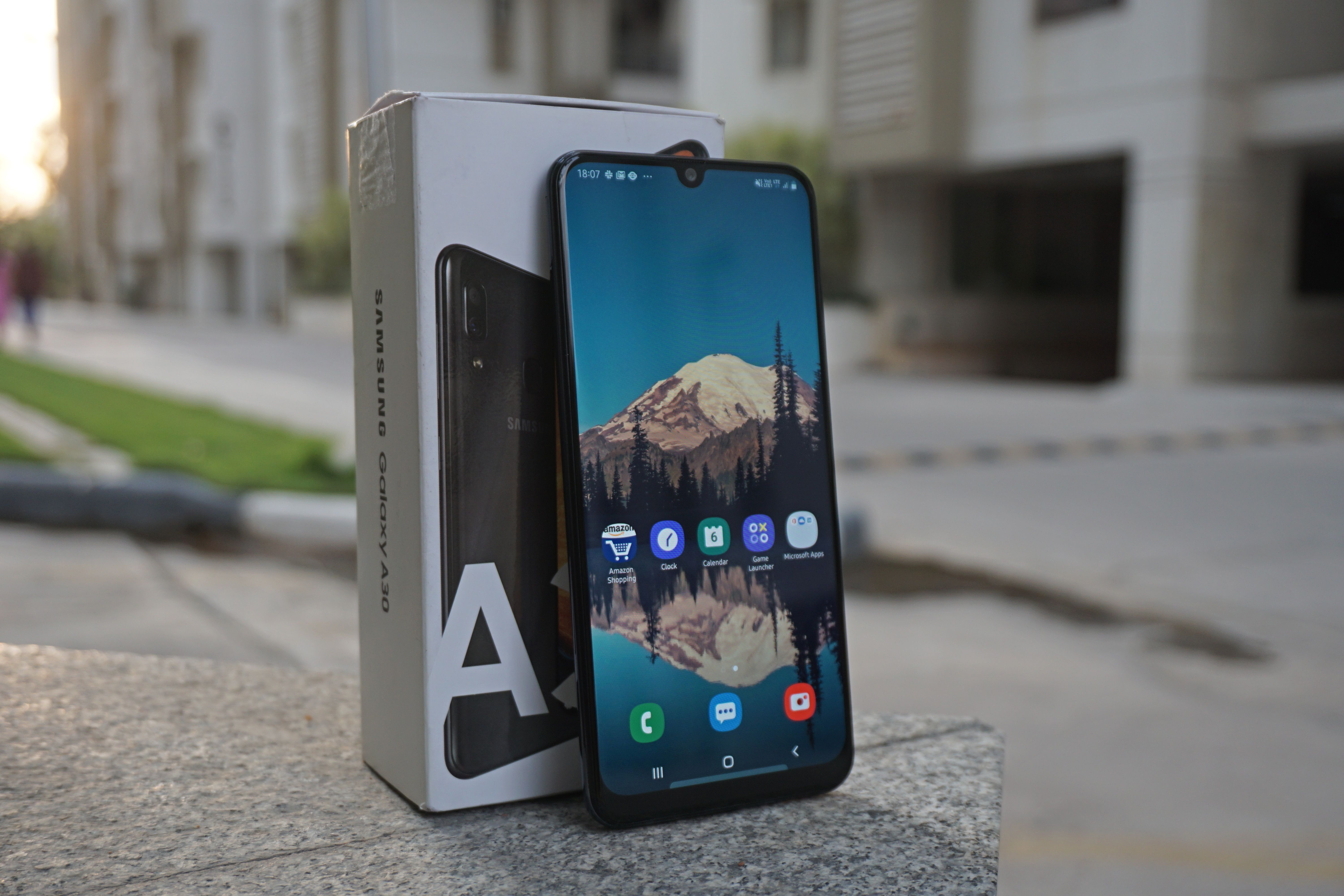
When it was initially launched, the Galaxy A30 had a price tag of INR 16,990. In online stores, the A30 currently sells for INR 15,540. There have also been reports of the phone being sold for even lower (INR 14,500) via Samsung’s offline retailers. At this price, the phone squares off against the likes of the Realme 3 Pro and the Redmi Note 7 Pro. Both these handsets offer superior hardware performance over the Galaxy A30 thanks to the much better Snapdragon chipsets they sport. These devices also offer slightly better cameras with better low light performance. The only area where the Galaxy A30 seems to have an advantage over others is the Super AMOLED panel and the much better software experience that it has on offer. The A30 is also backed by Samsung’s excellent brand recall and widespread serviceability.
The Galaxy A30, therefore, is recommended only for a budget user who isn’t really keen on playing the latest games and wants a clean, uncluttered software experience at an affordable price.


